
Key Takeaways:
- Since 2019, Meta’s Reality Labs has spent about $65 billion, with an accumulated accounting loss of about $55 billion. This is in the context of the initial excitement around the metaverse, driven by the pandemic, declining.
- In a new interview with noted Metaverse figurehead Matthew Ball, Meta’s CTO, Andrew “Boz” Bosworth, has justified Meta’s expenditures by emphasising the long-term potential of spatial computing. For fashion professionals this means potential improvements in productivity and creativity, as well as bringing fashion a step closer to realising the huge value potential of digital assets.
- Bosworth points out that progress is being made when it comes to Meta’s biggest obstacles around consumer adoption and price, constructing the technology ecosystem, and comfort and accessibility; but even for believers there is still a long way to go.
This week, CTO of Meta Andrew “Boz” Bosworth discussed the future of virtual reality (VR)/ mixed reality (MR) headsets and their challenges in an interview with metaverse expert Matthew Ball, whose name you will remember from his book: “The Metaverse: And How It Will Revolutionize Everything”. There is, obviously, an uncharitable reading of that title (it certainly hasn’t proven to be accurate by the midpoint of 2024) but a more pragmatic one would be that Ball’s assessment was premature – in the same way that Meta’s investment might have been.
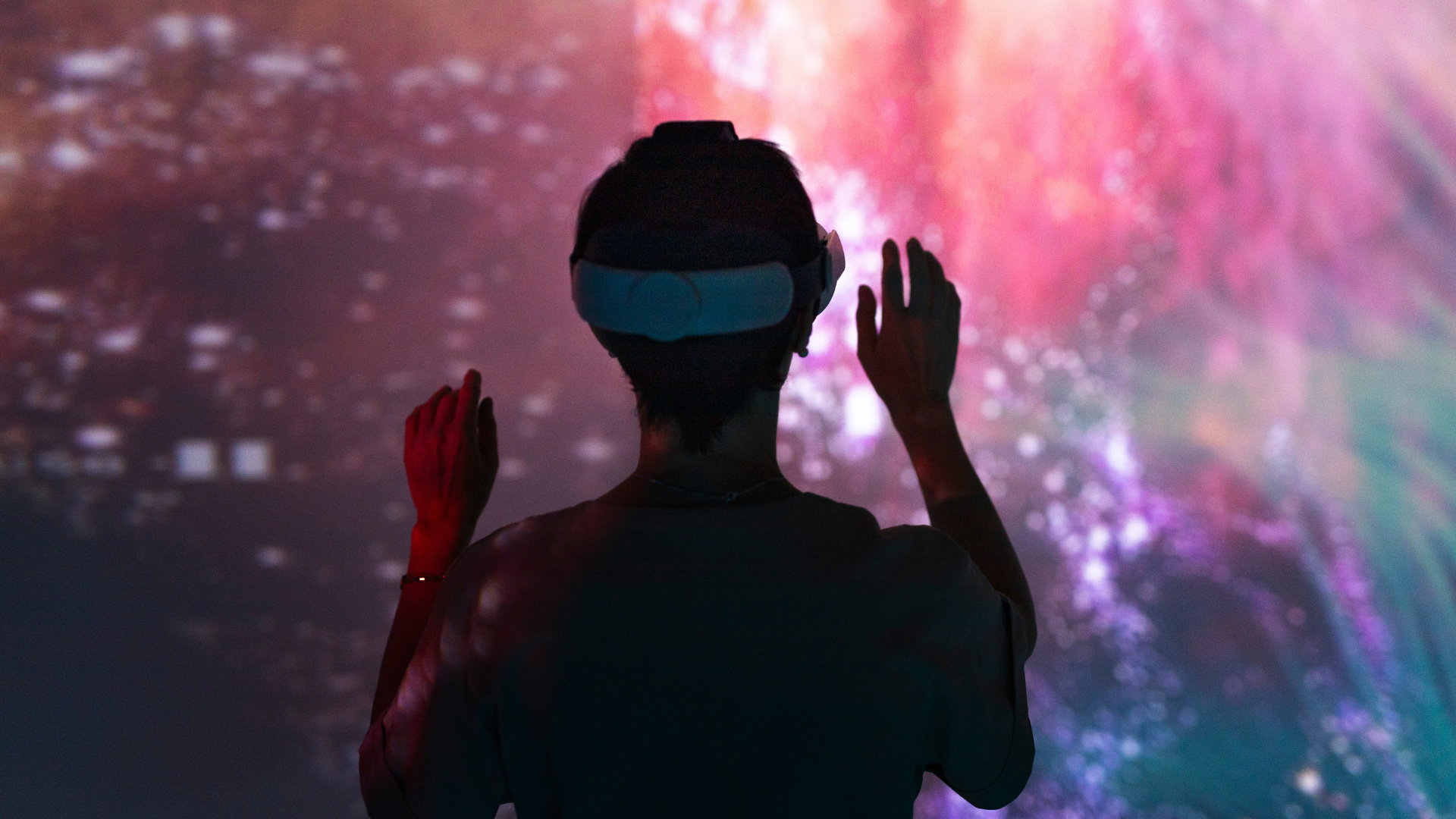
The detailed conversation focused on Meta’s metaverse strategy; including the reality of production costs, go-to-market costs, the difficulties around consumer adoption and creating content for the ecosystem, Bosworth’s vision for the ideal headset specifications, and the potential for VR/MR headset sales to exceed 100 million units annually – a figure that, to be clear, is not close.
Nevertheless, with fashion increasingly working to build 3D content, environments, and experiences, it’s interesting to see ‘behind the curtain’ at what it’s going to take to make wide-scale adoption of VR and MR happen – and what platforms the industry should be targeting to deploy on when (or if) it does happen.
In sobering fashion, the interview also touches on how, since 2019, Reality Labs (which Bosworth still runs, alongside being CTO of Meta overall) has spent about $65 billion. The accumulated accounting loss is about $55 billion. And there is no end in sight – more on that later.
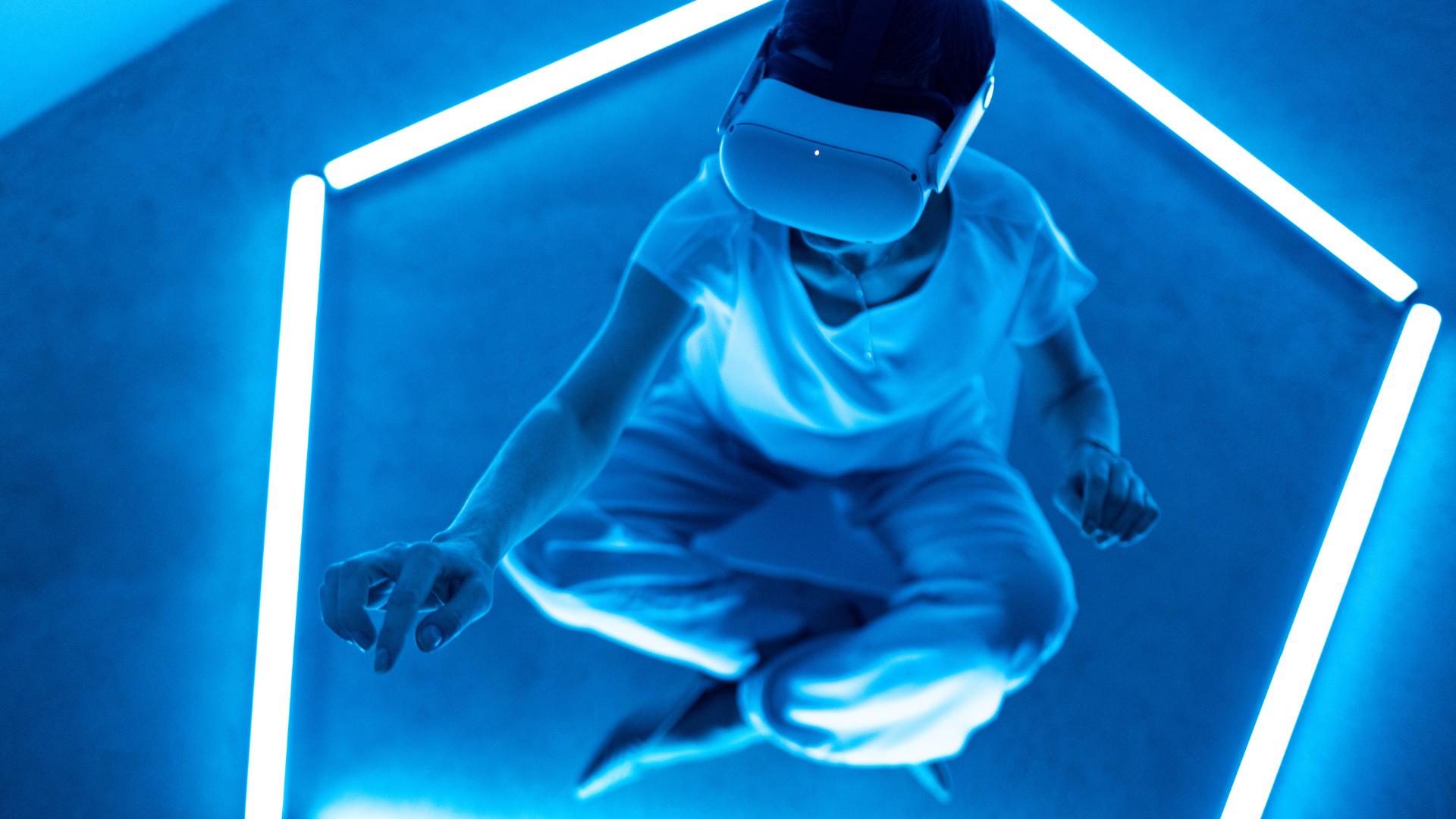
To the “layperson”, in Bosworth’s words, these financial amounts may seem… really big. This is especially true, given the way that the metaverse has fallen out of favour in the past two years. And while Meta made a lot of money in 2023, if we segment the amount the company spent on its Reality Labs division into annual chunks, it represents a tenth or more of its annualised costs and expenses.
That is, then, a significant amount to continue to plough into a sector (which might now better be called spatial computing, but is still effectively VR) that has performed well in gaming, but that has largely failed to make a dent in other industries.
So, does the company still intend to build the metaverse? Is it even something that people want? And what, with the benefit of hindsight, were we all actually chasing?
One of our contributors, Kelly Vero, perhaps encapsulated it best in an article written for The Interline last year: “The concept of the metaverse promised a highly immersive and interactive virtual world where users could escape reality and engage in rich, multi-dimensional experiences. It was perceived as a realm of infinite possibilities and envisioned as a space where users could create, customise, and shape their virtual identities and environments according to their desires.”
In the same article, Kelly points out that the fixed definition became something of a millstone around the metaverse’s neck; when it became clear that this vision was not going to be realised any time soon, a lot of related concepts got abandoned.
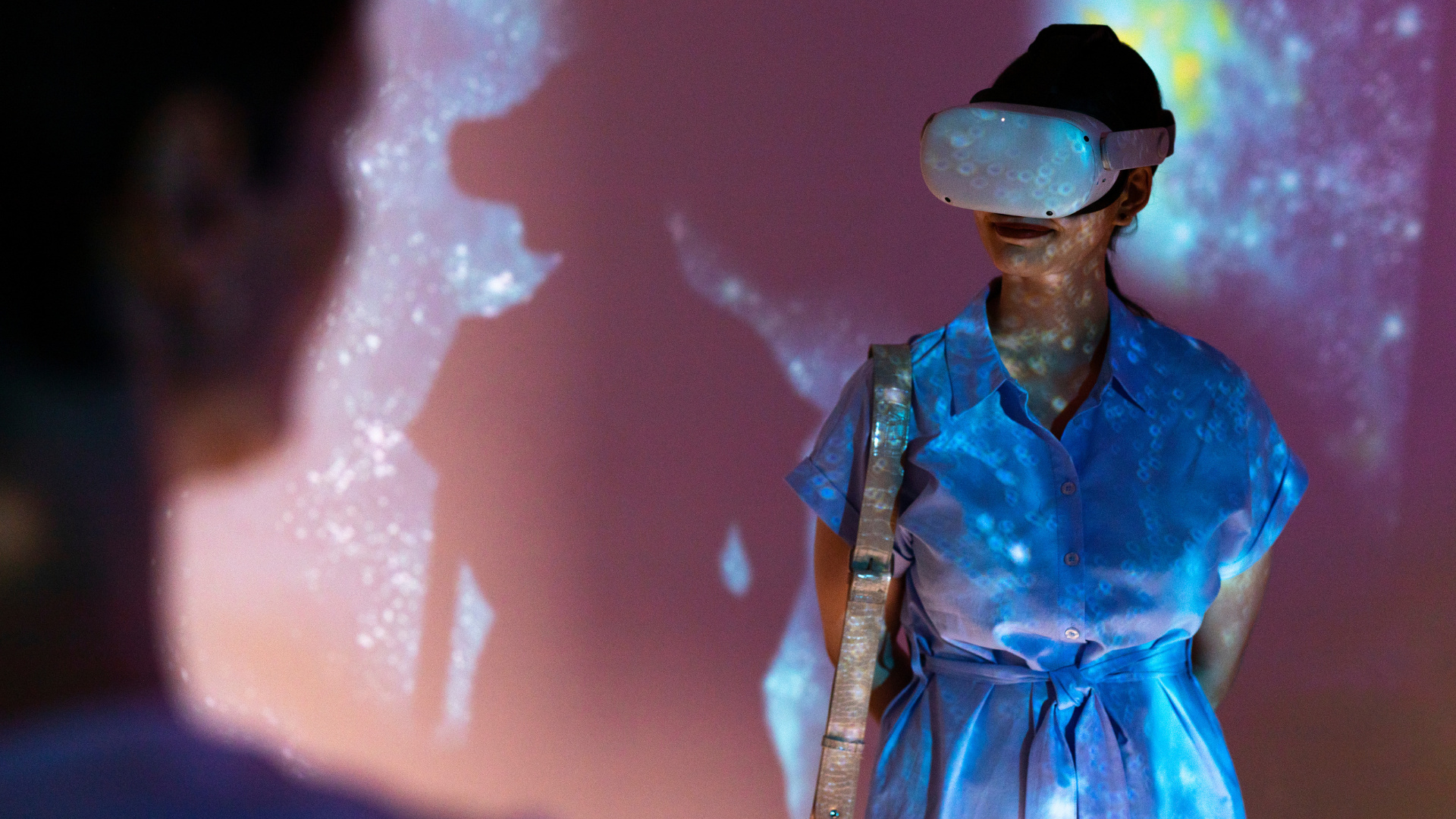
For businesses, particularly in fashion, the tempering of that vision rubbed a lot of the lustre off it. A new frontier that was supposed to open up new avenues for entrepreneurship, commerce, and virtual economies was only viable if it actually happened – a watered-down, sparsely populated version was not a good compromise.
Then came the decline. The pandemic tapered, and with it so did our focus from life online. There was a big pendulum swing in the other way: greater emphasis on interacting in the physical world, a reassessment of virtual interactions, a renewed attention to physical spaces and local communities, and a desire for authenticity and real-world connection.
And on top of that, a lot of what was happening in “metaverse fashion” simply wasn’t any good. The Interline dispatched several writers to cover Metaverse Fashion Week in 2023, and one of the biggest takeaways was that “having a real-time world that runs well, looks good, and is easy to navigate should be table stakes for any serious attempt to realise the vision for metaverse fashion”. And most social metaverse experiences have comprehensively failed to clear that bar.

The idea of spatial computing didn’t die altogether of course, and even though many brands and retailers that had invested in the metaverse felt like their return on investment hadn’t been realised – others held to the idea that it wasn’t the end, just the beginning of something different. The metaverse by another name, ready at an uncertain point in the future. A target to build towards.
There is, as we’ve written about before, a clear and substantial benefit on the horizon for fashion when it comes to spatial computing, in that it has the potential to create a blended 2D and 3D workspaces that allow for improvements in productivity and creativity, as well as bringing fashion a step closer to realising the huge value potential of digital assets. Fashion makes physical goods, after all, and being able to work on those at physical scale, using digital assets, should be an uplift in many areas.
Even with that logic in mind, Bosworth’s interview comes at a time when the VR/MR headset market is receiving mixed feedback. For instance, Apple Inc.’s Vision Pro headset, released in February 2024, faced criticism over its design and performance, as many users found it cumbersome and uncomfortable for extended periods – without mentioning its £3,000+ price tag. This is an area that Bosworth mentions in particular as needing to be addressed in order to achieve 100 million units a year for VR/MR headsets: comfort and accessibility. This will be more than just the weight of the device, but also the way the device will balance on the head, how close the optical stack will be to the eyes, the amount of pressure on your forehead, motion sickness accommodation, the effect of the device on hair or on makeup, and so on. And when it comes to the software, it will also be about ensuring the correct frame rate, possible foveated rendering, and high resolution.
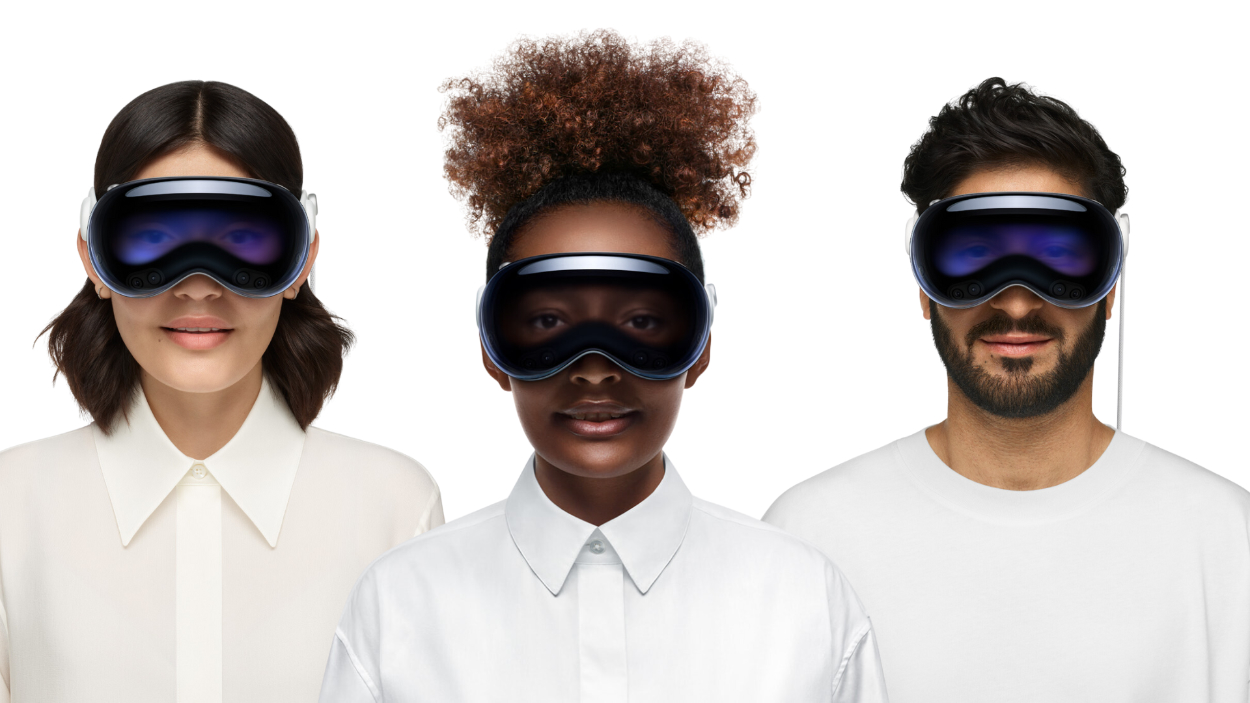
Bosworth points out that progress is being made on this front, as well as the other two challenges of building out the technology ecosystem, and achieving the best possible price for consumers. But he is sure to add that there is still a lot of work to do and that it will take “real invention.” He adds: “New technologies don’t just come into the world ready to go. The supply chains have to be built, the manufacturing has to be built, the technology itself has to be developed, and of course that means you have to pay for the 10 wrong paths you took before you get to the 11th one that does work.”
Are we now, then, on the right track for this 11th approach? Should fashion be re-evaluating its digital asset and content creation strategies to again target VR and MR? Perhaps.
With Meta being oriented towards the long-term future, though, the fashion industry will have to wait a while for the fully-realised version of spatial computing that Reality Labs (and its peers) are building – on the assumption that Apple’s Vision Pro winds up being an expensive dead-end.
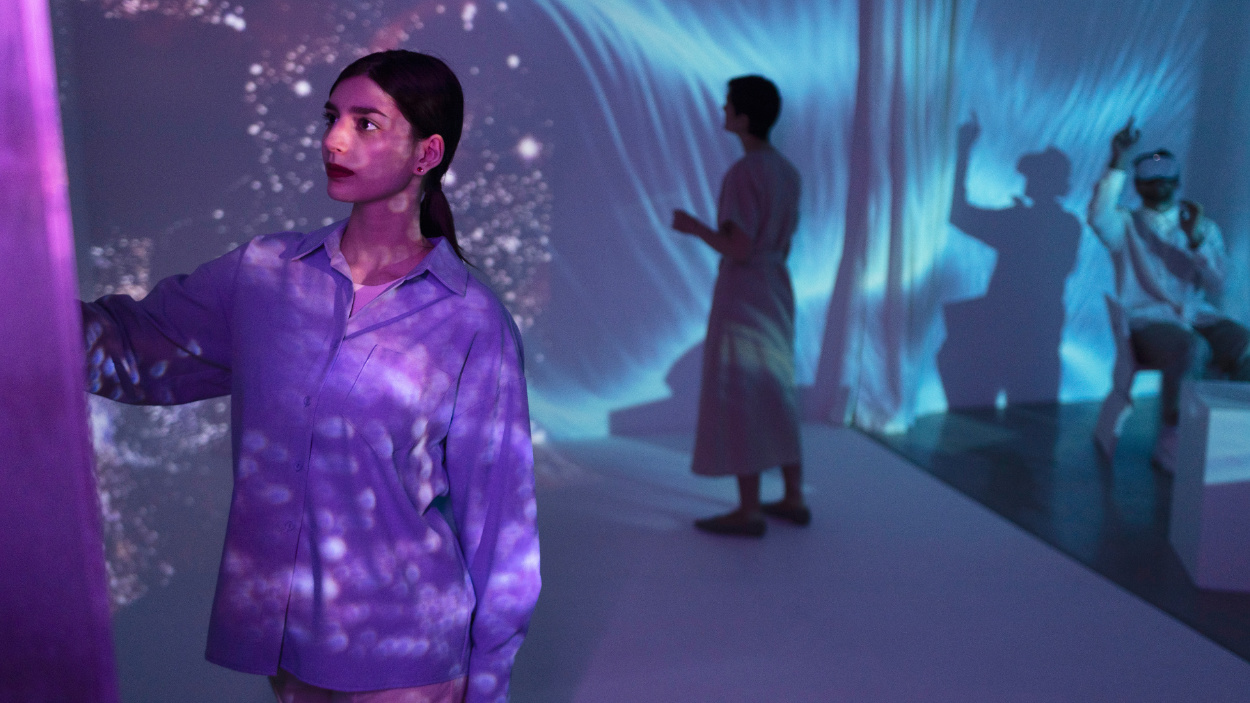
And in the meantime, we will continue to hear of the seemingly endless financial resources going into doing so. But Bosworth compares Meta’s investment in Reality Labs to major investments made by other tech companies into AI and platforms like Android; where the investment has unlocked the position as a world leader and given said companies the chance to shape their destinies in the tech landscape. In the meantime, we as fashion professionals will have to wait and see; there may just be a metaverse in the long run, if enough time and enough money will it into being, but for now creating digital assets and experiences should be its own reward.
Best of The Interline:

Kicking off this week, the Senior Manager of Kalypso defines AI, categorises use cases, addresses adoption challenges, and foresees the transformative potential of AI in the fashion industry.

Originally published in The Interline’s AI Report 2024, MacKenzie Ryan takes a look at how and where AI is transforming jobs, and why others could be at risk.

After the success of our first Sustainability Report last year, The Interline announces our all new sustainability-focused report due out later this summer. The report will be an exploration of the current state of fashion in terms of environmental and ethical advancements, along with recommendations for actions needed from all stakeholders to expedite essential changes.

Vmake’s Head of Product and Senior Product Lead on revolutionising e-commerce visual content creation, enhancing operational efficiency, democratising access to AI for smaller retailers, whilst ensuring cultural relevance and inclusivity.

Sanne Schoenmaker closes the week asking, how long will fast fashion be able to outlast long overdue legislation?

